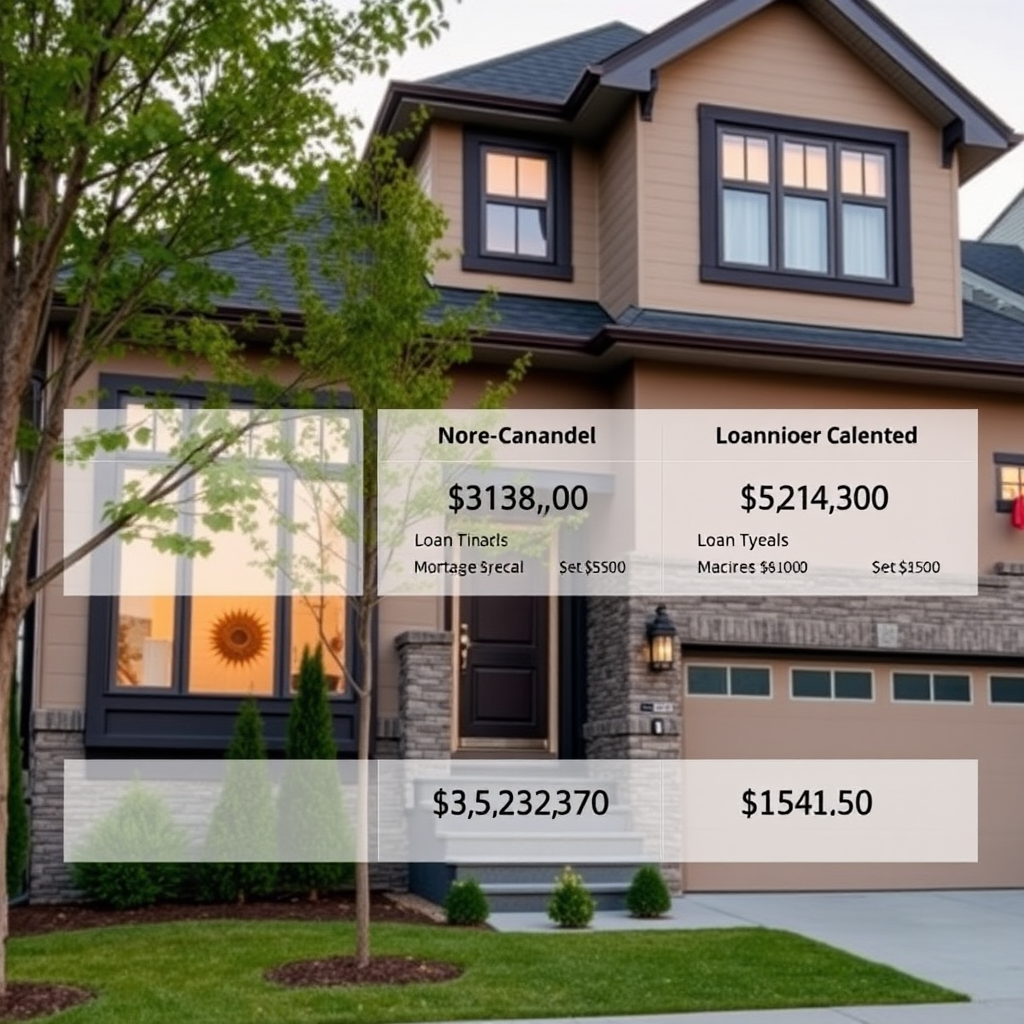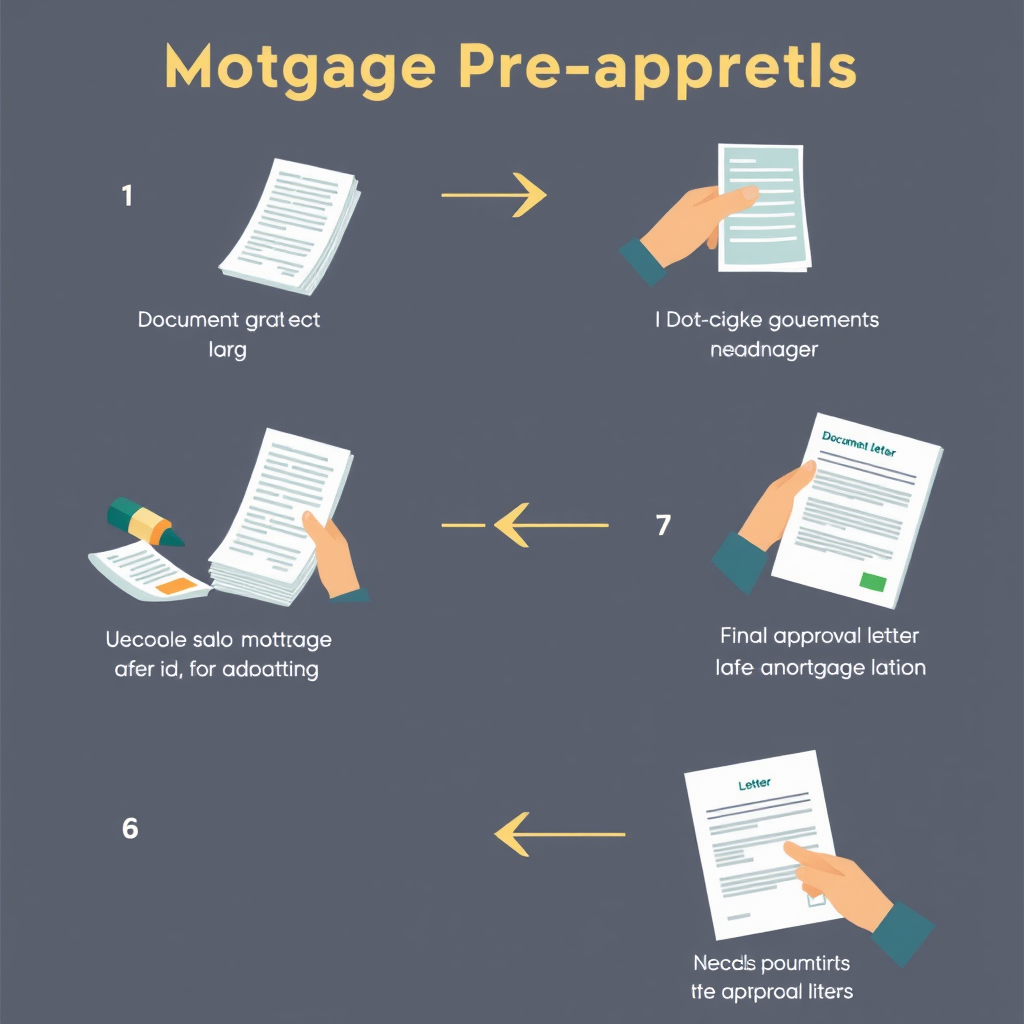Mortgage and Home Financing in Canada
Your comprehensive guide to navigating the Canadian home financing landscape, from first-time buyer programs to alternative lending solutions.
Understanding Canadian Mortgage Options

The Canadian mortgage market offers diverse financing solutions tailored to different borrower profiles and financial situations. Understanding these options is crucial for making informed decisions about your home purchase.
Conventional Mortgages
Conventional mortgages remain the most popular choice for Canadian homebuyers, typically requiring a minimum 20% down payment. These mortgages offer competitive interest rates and flexible terms, making them ideal for borrowers with strong credit profiles and stable income.
High-Ratio Mortgages
For buyers with down payments between 5% and 19.99%, high-ratio mortgages provide access to homeownership through CMHC insurance. This option has enabled thousands of Canadians to enter the housing market with smaller initial investments.
First-Time Buyer Programs and Incentives
First-Time Home Buyer Incentive
The federal government's shared equity mortgage program helps reduce monthly payments by providing up to 10% of the home's purchase price as a shared equity .
Home Buyers' Plan (HBP)
Withdraw up to $35,000 from your RRSP tax-free to purchase your first home, with 15 years to repay the amount back to your retirement savings.
Provincial Programs
Many provinces offer additional first-time buyer incentives, including land transfer tax rebates, down payment assistance programs, and reduced mortgage insurance premiums. These programs vary significantly by province and can provide substantial savings for eligible buyers.
Digital Mortgage Platforms vs Traditional Lenders

Digital Mortgage Platforms
- Streamlined online application process
- Faster approval times (often 24-48 hours)
- Competitive rates through reduced overhead
- 24/7 application accessibility
- Transparent fee structures
Traditional Lenders
- Face-to-face consultation and support
- Established relationships and trust
- Comprehensive financial services
- Local market expertise
- Flexible underwriting for complex situations
The choice between digital platforms and traditional lenders often depends on your comfort level with technology, the complexity of your financial situation, and your preference for personal interaction during the mortgage process.
Interest Rate Analysis and Trends
Current Market Conditions (December 2024)
Canadian mortgage rates have shown volatility throughout 2024, with the of Canada's monetary policy decisions significantly impacting borrowing costs. Fixed rates currently range from 4.5% to 6.2%, while variable rates fluctuate between 5.8% and 7.1%.
Fixed vs Variable Rate Considerations
Fixed Rate Benefits
Predictable payments, budget certainty, protection against rate increases
Variable Rate Benefits
Potential savings if rates decline, typically lower initial rates, flexibility
Mortgage Pre-Approval Process

Essential Documentation
Income Verification
Pay stubs, T4s, employment letters, tax returns
Credit Information
Credit report, debt statements, payment history
Down Payment
statements, investment accounts, gift letters
Pre-approval typically takes 3-5 business days and provides a rate guarantee for 90-120 days, giving you confidence when making offers on properties.
Down Payment Strategies
Minimum Requirements by Property Type
| Property Value | Minimum Down Payment | CMHC Insurance Required |
|---|---|---|
| Up to $500,000 | 5% | Yes |
| $500,001 - $999,999 | 5% on first $500K + 10% on remainder | Yes |
| $1,000,000+ | 20% | No |
Building Your Down Payment
Successful down payment accumulation requires strategic planning and disciplined saving. Consider high-interest savings accounts, GICs, and tax-free savings accounts (TFSA) to maximize your down payment growth while maintaining liquidity for your home purchase timeline.
Alternative Lending Solutions

When Traditional Lending Falls Short
Alternative lenders serve borrowers who may not qualify for conventional mortgages due to credit challenges, non-traditional income sources, or unique financial circumstances. These solutions often come with higher interest rates but provide access to homeownership for underserved markets.
Private Lenders
Individual investors or private companies offering short-term financing solutions, typically for 1-3 years with rates ranging from 8-15%.
Credit Unions
Member-owned financial institutions often providing more flexible underwriting criteria and competitive rates for local communities.
Canadian Real Estate Market Trends
Regional Market Dynamics
The Canadian housing market continues to show regional variations, with major urban centers like Toronto and Vancouver experiencing different trends compared to smaller cities and rural areas. Understanding these regional differences is crucial for timing your home purchase and financing decisions.
Market Outlook for 2025
Industry experts predict continued market stabilization with potential interest rate adjustments influencing affordability. First-time buyers may find improved opportunities as inventory levels normalize in many markets.
Impact on Financing Strategies
Current market conditions favor buyers who are pre-approved and ready to act quickly. Working with experienced mortgage professionals and maintaining flexibility in your financing approach can provide significant advantages in today's competitive environment.
Qualification Requirements and Credit Considerations
Stress Test Requirements
All Canadian mortgage applicants must qualify at the higher of their contract rate plus 2% or the of Canada's five-year benchmark rate. This stress test ensures borrowers can handle potential rate increases.
Debt Service Ratios
- Gross Debt Service (GDS): Maximum 32% of gross monthly income
- Total Debt Service (TDS): Maximum 40% of gross monthly income